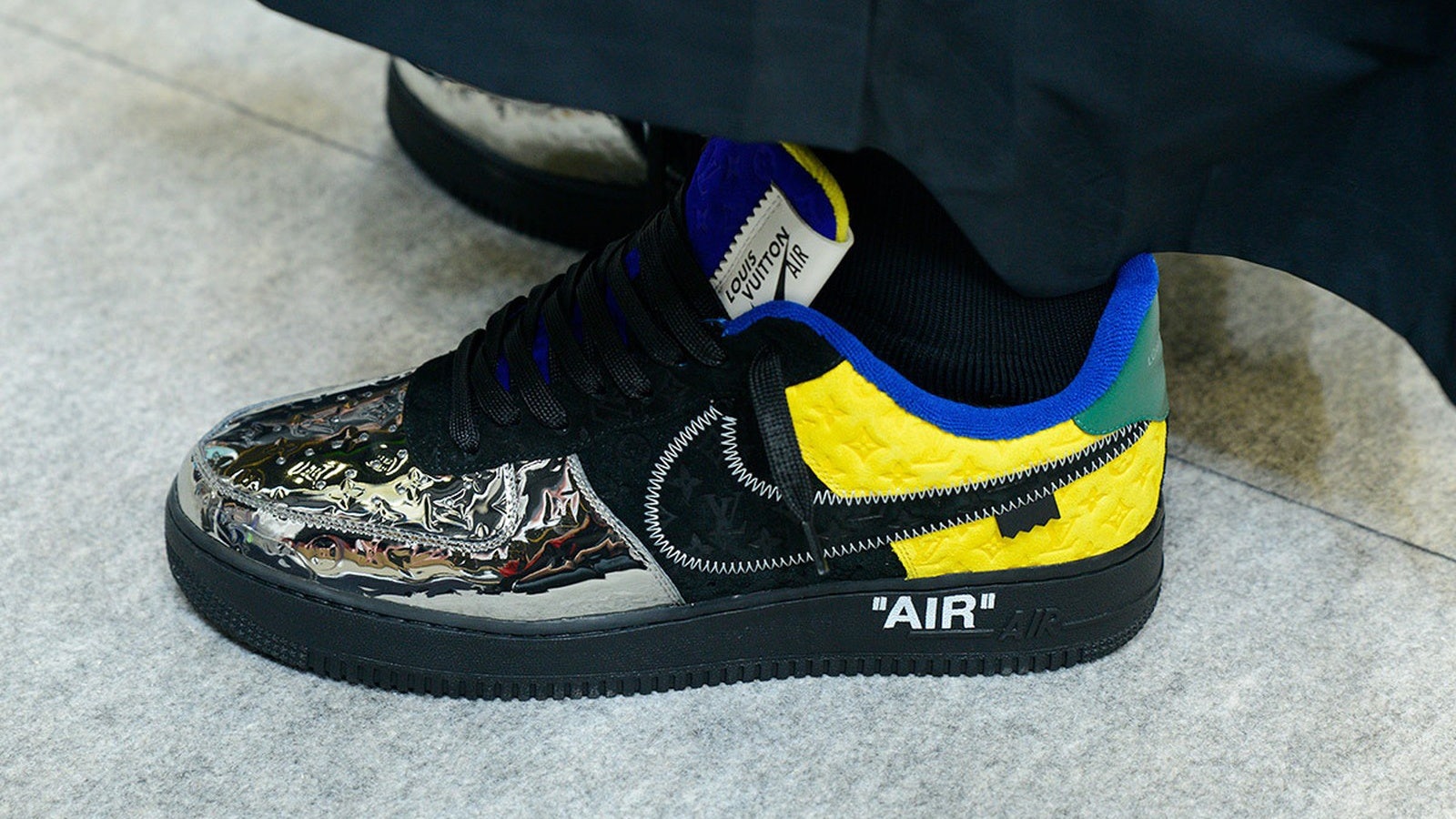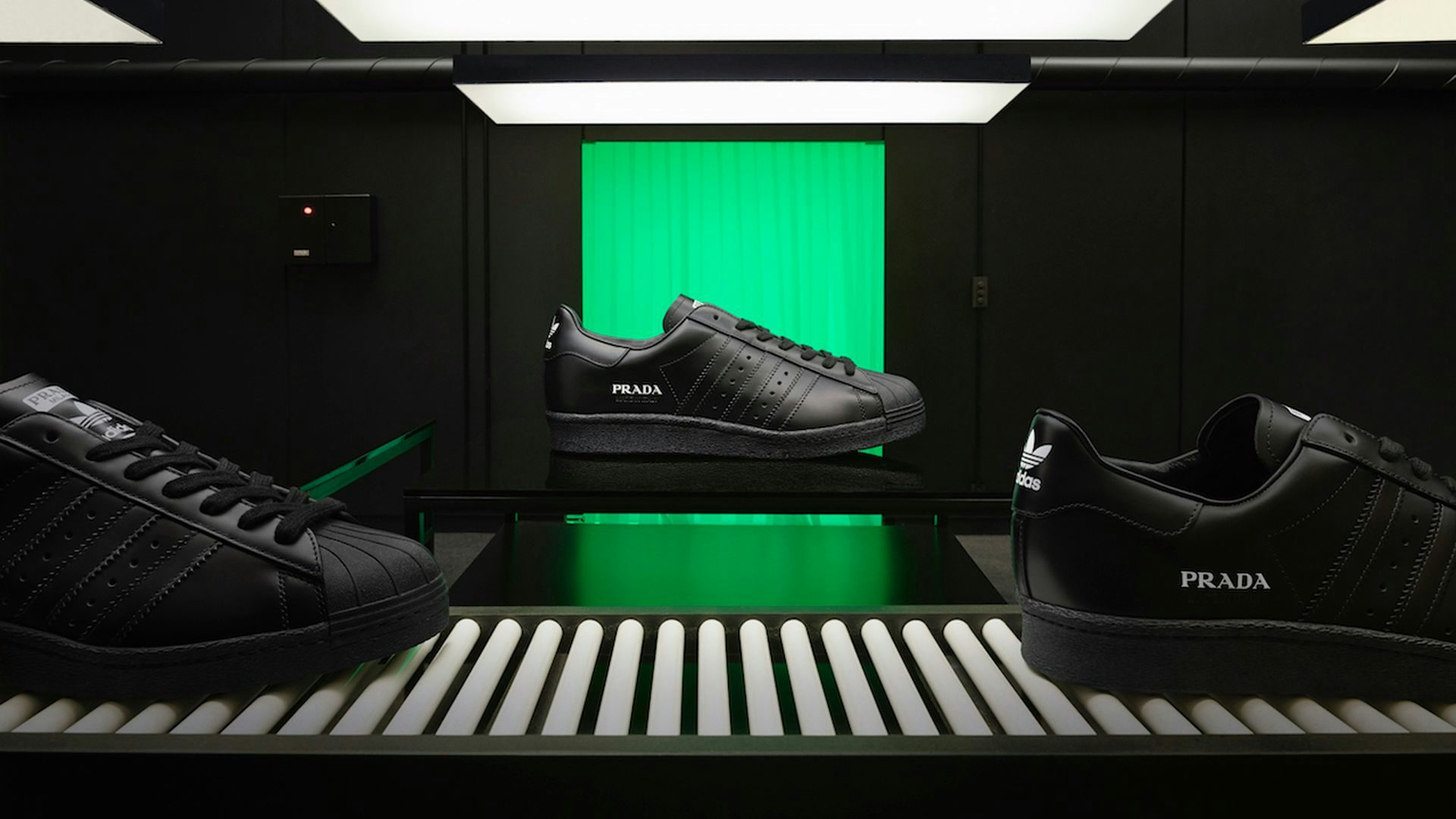Key Takeaways:#
Luxury brands have come to understand that casualization is not a fad and sporting goods giants are impressive in terms of sustainability efforts and taking into account the communities they are selling to.
Nike, adidas, and Puma can benefit greatly from selling more directly to consumers like luxury brands do but they also have the advantage of a structurally higher online penetration than luxury brands.
If managed well, the relationship between the sporting goods space and the luxury sector is a win-win.
In hindsight, when Kering — the owners of Gucci and many other great luxury brands — took a stake in Puma in 2007, they were almost prescient and definitely a bit early. I am still asked by investors whether the shift to casual clothing will last or whether it’s a fad. A fad doesn’t last for decades on end. It’s simply a generational shift and one that has temporarily been supported by many of us working over Zoom, Teams, or the like. Nike has a saying that they sell to athletes and that “if you have a body, you are an athlete.” Sports footwear is likely to represent close to half of total footwear sold globally by 2025. Let that sink in. And consider that all those “athletes” you saw running on treadmills with brown shoes decades ago are definitely a thing of the past.
Sports brands have likely once again benefited during the COVID-19 crisis as consumers strive to live healthier lives and after the excitement around the EURO 2021 and the Olympics — both this summer in Tokyo and early 2022 in China — there are many opportunities to celebrate sports. The sector benefits from a very positive perception and beyond the projection of healthy habits and performance, it is also getting known for being a very responsible and trustworthy sector on two fronts.
First, the likes of adidas and others are front and center in terms of sustainability efforts in the consumer space — efforts for which many luxury brands seem to be a bit on the backfoot — looking at raw material substitute, circularity, recyclability. adidas, for instance, is committing to having 90 percent of products being sustainable by 2025. This is a great improvement from the early 90s when Nike was in the news for the wrong reasons, accused of underpaying workers and having them work in poor conditions in sweatshops.
Second — and quite visibly in the US — sports brands have been active in societal debates, with Nike backing Colin Kaepernick in the NFL and being very vocal around racism issues in America with a “For Once Don’t Do It” campaign that was so powerful, their key competitor adidas re-tweeted it. Societal or political stances might annoy a fraction of consumers but if it triggers more loyalty with others and attracts newcomers, then there is no harm at all, on the contrary. If asked why they buy Nike, I would imagine most American consumers would naturally say that it’s because their products are great. I think the reality goes deeper and consumers connect with the brand on shared values.
https://www.youtube.com/watch?v=drcO2V2m7lw&ab_channel=Nike
The best of both worlds: retail and online#
Nike generates more than 35 percent of sales online via its own websites, partners and, importantly, Nike Apps that now count a community of more than 300 million members. Very quickly online sales should represent more than half of Nike’s business. While competitors are less exposed online, they will all eventually sell a lot more there as well. This is an advantage relative to luxury for which many consumers are still first-time purchasers and the contribution of online is somewhat capped. Online means better data, lower costs, and the potential to right size production.
One area where sporting goods is getting closer to the luxury sector business model is in selling more directly to consumers. Here again Nike is ahead of the pack with “DTC” accounting for 40 percent of sales on and offline and visibility for that to creep up to 60 percent of the business eventually. DTC penetration, like greater online penetration, means higher sales (selling retail rather than wholesale) and higher margins.
Why sporting goods and luxury can be a win-win#
Moncler’s charismatic CEO Remo Ruffini has recently defined what he calls “new luxury,” a subtle mix between Nike and Chanel, and the group hasn’t fared too poorly with both the Moncler brand and the recently acquired Stone Island. A mix of pragmatism, online, retail, innovation seems to have been bearing fruit. Luxury’s approach to retail and clienteling can inspire sporting goods brands. Sporting goods’ approach to youth, energy, innovation, a cool attitude and values that resonate with a more demanding up-and-coming generation can inspire luxury. And if you thought luxury/sports collabs were coming to an end, thing again, this is a win-win.
Erwan Rambourg has been a top-ranked analyst covering the luxury and sporting goods sectors. After eight years as a Marketing Manager in the luxury industry, notably for LVMH and Richemont, he is now a Managing Director and Global Head of Consumer & Retail equity research. He is also the author of Future Luxe: What’s Ahead for the Business of Luxury (2020) and The Bling Dynasty: Why the Reign of Chinese Luxury Shoppers Has Only Just Begun (2014).

